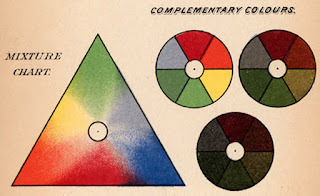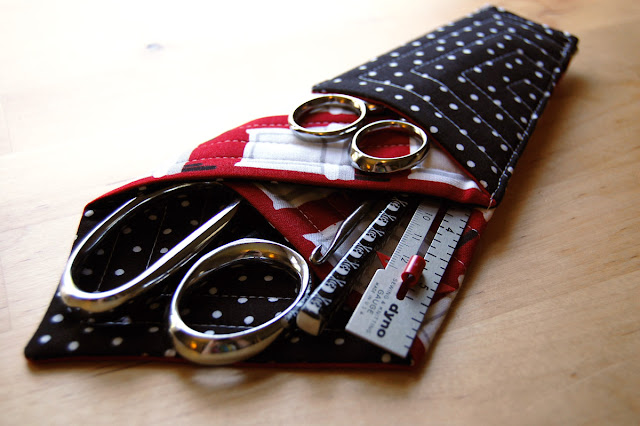300+ Years of Color Theory: Modern Chromatics
This book is included in a reading list on the history of
Color Theory. Find the home-page for the series
here.
Ogden N. Rood (1831-1902) was a brilliant American physicist and accomplished artist whose contribution to Color Theory is an important one. His book bridged some earlier color theories with the most current scientific
research in the mid-19th Century (based on the work of Thomas Young,
Hermann von Helmholtz and James Clerk Maxwell). His book published in
1879 was the first major work on Color Theory to clearly delineate the
differences between the systems of subtractivecolor used by artists mixing paints (dyes,
inks, or any colored media) and that of the additivesystem of light, as well as offering some basics on the
theory of trichromatic color vision.
Rood’s book was
a great influence to Impressionist and Neo-Impressionist artists like Monet,
Pissarro, Seurat and Signac. He described a painting technique he called divisionism in his book. His work was also a major influence to Albert Henry Munsell, who gave credit
to Rood by inspiring his basics color solid system.
Modern Chromatics begins just like many previous volumes on
color, by first presenting Rood’s theories on light and vision supported with
documentation and notes on experiments. His description of how the eyes work
with the brain to give us the sense of sight (page 10) is amazingly close to
what we know today. In fact, I think this book marks the exact spot in time
between the truly modern books on color that followed, and the books full of
hopeful guesses and poetic fancies that came before.
Rood was deeply
influenced by Maxwell’s spinning disc experiments, which demonstrate the difference between visual mixtures of colors from the direct
mixtures of pigments and paints. Rood made note of various results of color
mixtures with the discs in his book, and used this method to create a new color
wheel of visual complements. While his color system was one of the first “color
solids” clearly influencing Munsell’s system, there aren’t any illustrations of Rood’s color
system out there. His book only includes a few small black and white
illustrations to show the idea of his system. Very strange compared to the intricate
color wheels in similar books by Chevreul or Harris.
These very simple charts and illustrations were included at the front of Modern Chromatics.
Despite the
lack of a detailed example of his system, Rood does continue in the footsteps
of his predecessors by laying down rules and best practices for using color
combinations. Included is an entire chapter “On the Combination of Colours in
Pairs and Triads,” and a closing chapter “On the Use of Colour in Painting and
Decoration” specifically for artists.
There's no doubt that the scientific information and new color wheel in this book were revolutionary for artists, as it was based on actual visual results and could be used to find truer complements and combinations than previous systems. Looking back, this would have been an amazing time to be an artist the late 19th Century.
Looking forward, once the trichromatic theory of vision was well established, you will see a pattern to color theory books, so take note! Authors are sure to use an established system to represent their ideas, either the system of vision, or the system of the artist (whereas authors previous to Rood aren't aware of differences in painter's pigments and human vision).






Comments